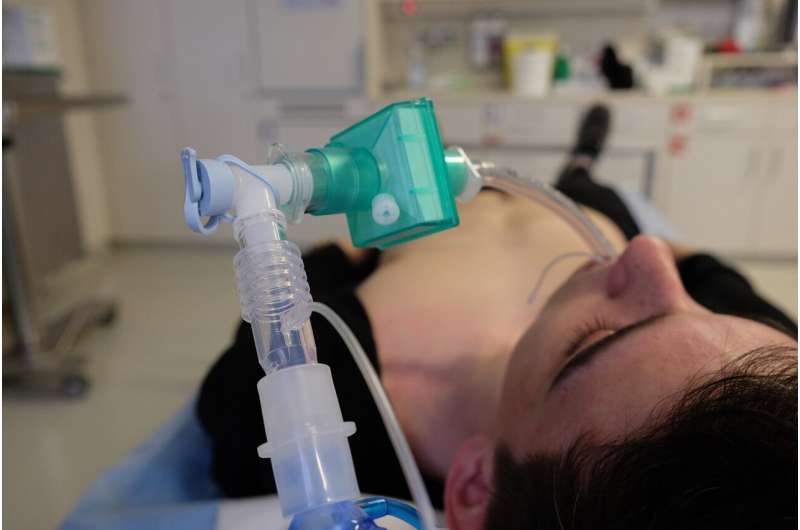Innovative Soft Robotic Device Promises Easier and Faster Intubation for Non-Experts

A groundbreaking soft robotic device has been developed to assist non-expert medical personnel in rapid and safe airway management, potentially saving countless lives in emergency situations.
Maintaining an open airway is crucial in emergency medical situations. When airway management fails, oxygen delivery stops, making rapid intervention vital for saving lives. Endotracheal intubation, the procedure to insert a tube into the windpipe, is standard but challenging—especially for non-expert personnel in emergency or prehospital settings.
A recent breakthrough by researchers at the University of California, Santa Barbara, introduces a novel soft robotic device designed to simplify this critical task. Published in Science Translational Medicine, this intelligent device autonomously guides a soft tube into the trachea, significantly reducing the need for extensive training and precise visualization.
Traditional intubation involves visually locating the tracheal opening, often requiring a skilled hand and optimal conditions. This process can be hindered by poor visibility, patient injuries, fluid presence, or awkward body positions, particularly outside the hospital, such as in ambulances or combat zones.
The new device addresses these challenges by using soft robotics technology, which allows the tube to grow and conform to the patient’s anatomy. Unlike rigid tools, this flexible approach minimizes tissue injury and navigates the airway’s complex twists with ease. The device’s design naturally adapts to variations in anatomy, ensuring more reliable placement even under less-than-ideal conditions.
In tests with mannequins and cadavers, the soft robotic system achieved a 100% success rate with expert users and 96% with non-professional providers after only a five-minute training. It also dramatically reduced the procedure time to about 21 seconds—less than half the time needed with traditional video laryngoscopes.
Looking ahead, the research team plans to conduct clinical trials to seek FDA approval. While initial results are promising, further testing is essential to confirm safety and effectiveness across diverse patient scenarios.
If successful, this technology could revolutionize emergency airway management worldwide, providing life-saving assistance in remote areas, military operations, and any situation where rapid airway access is critical and expert practitioners are unavailable.
Source: https://medicalxpress.com/news/2025-09-soft-robot-intubation-device-specifically.html
Stay Updated with Mia's Feed
Get the latest health & wellness insights delivered straight to your inbox.
Related Articles
Innovative Digital Cognitive Test Enhances Early Detection of Alzheimer’s Disease in Primary Care
A new digital cognitive assessment developed by Lund University improves early Alzheimer’s detection in primary care, offering a fast, objective, and accessible tool to identify patients who need further testing for the disease.
Shorter Treatment Regimen Shows Promise for Some Patients with Drug-Resistant Tuberculosis
A groundbreaking study reveals that a shorter, targeted treatment regimen can be effective for some patients with pre-extensively drug-resistant tuberculosis, paving the way for more personalized therapies.



